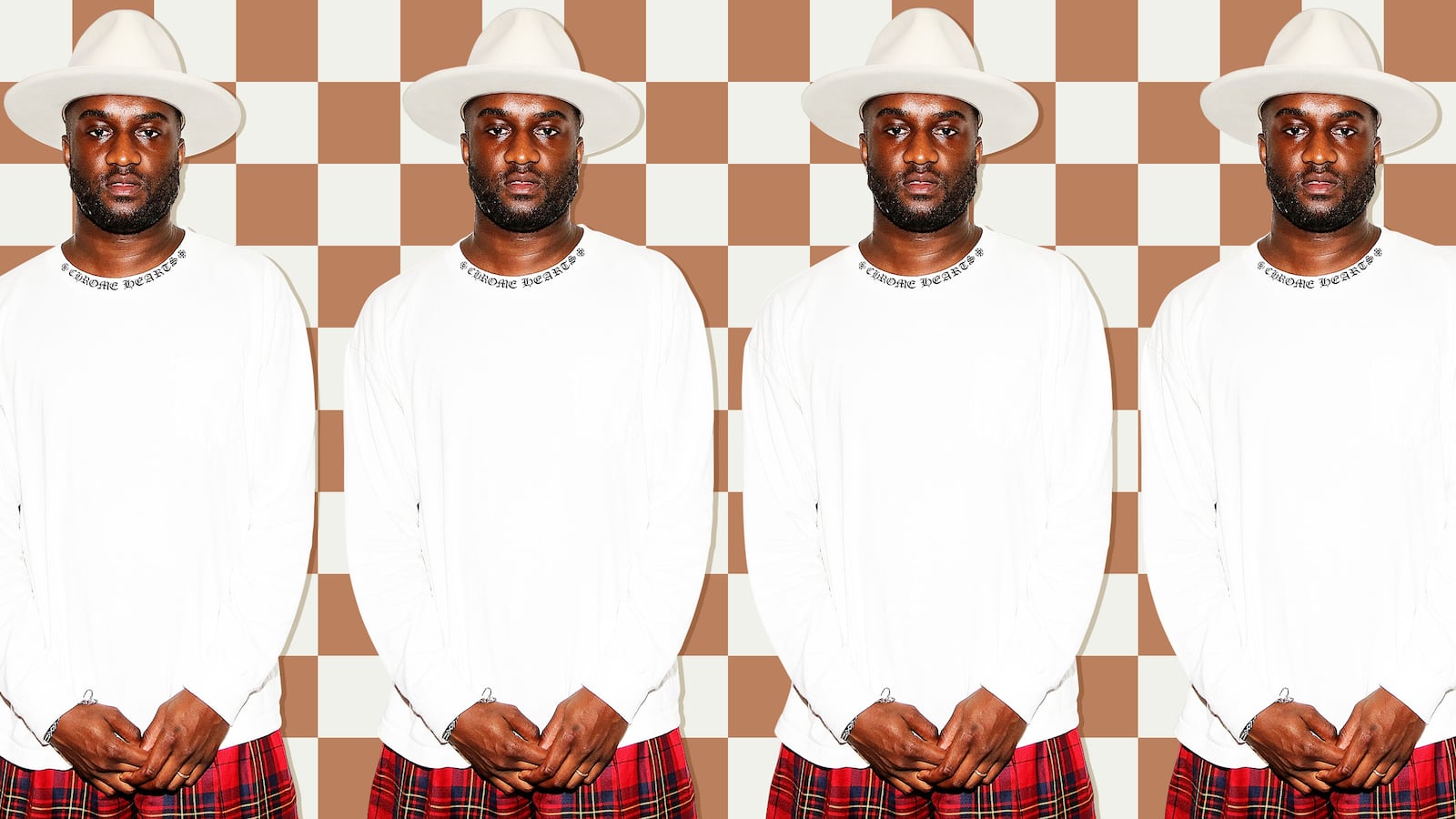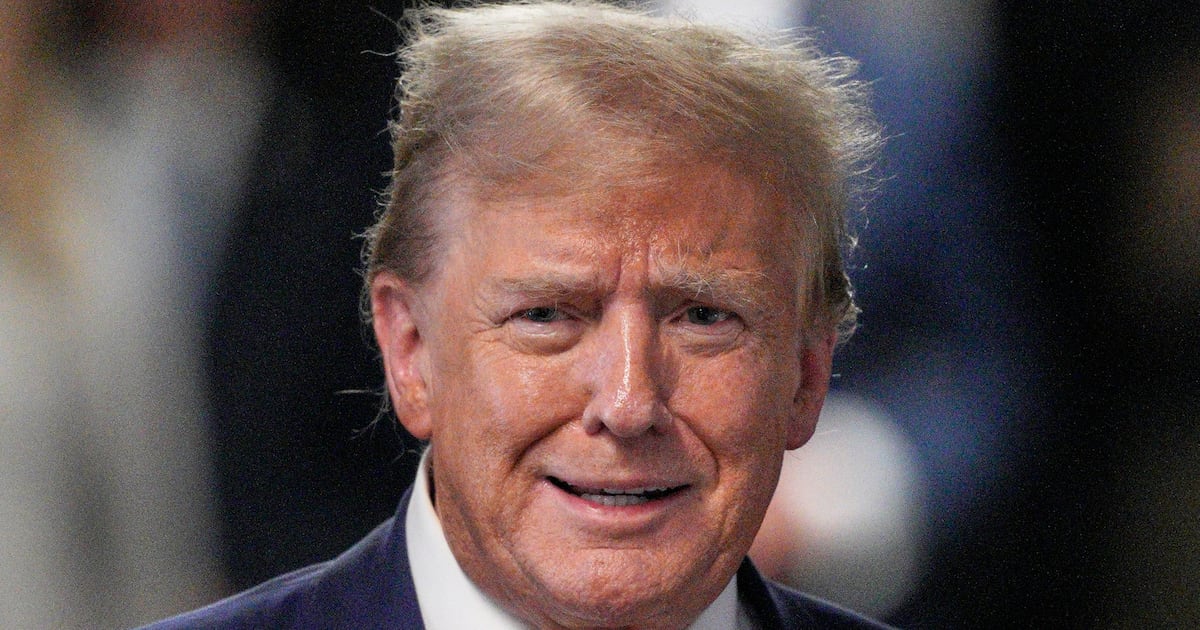The fashion industry has been abuzz with the appointment of Off-White’s founder and creative director Virgil Abloh as men’s artistic director of Louis Vuitton.
Abloh succeeds Kim Jones, who has become men’s director at Christian Dior, which is also owned by LVMH Moet Hennessy Louis Vuitton, the parent company of a portfolio of luxury fashion brands including Céline, Givenchy and Fendi.
Abloh is a history maker, because this makes him only the third black designer to ever have a top creative director role at a luxury Parisian fashion house. The other two are Olivier Rousteing, the current creative director of Balmain, and Ozwald Boateng, the former creative director of menswear at Givenchy.
While there was cause to celebrate for Abloh breaking a glass ceiling at Louis Vuitton, there was some that were less than happy with his appointment, as evidenced in comments on websites like Business of Fashion and on Twitter.
These have included, “I’m all for a more [relevant] Vuitton, but Virgil always seems like a fraud—despite his success,” a meme that says “Well, even Louis Vuitton makes mistakes,” and one Reddit user referring to his appointment as a “Blatant cash grab, nothing else."
If there is one thing that Abloh’s appointment has proven it is that despite the strides black designers, models and fashion industry professionals have made, the industry still has a big problem in terms of black representation and investing in black talent.
Donnell Baldwin, a fashion stylist who’s worked at prestigious companies including Ralph Lauren and Mr Porter, has found this has been an issue in the industry for years.
“I think the industry needs to understand that black people and black culture have been leading the charge as it relates to style for years,” he says. “I remember sitting in board room meetings discussing who brands wanted wearing their clothes and vice presidents and senior vice presidents would name stars, models and performers without even realizing everyone they mentioned was black.”
The problem many fashion companies still have with investing in black talent that could become future leaders is that there is also a lack of mentors.
“The decision makers, the leaders and executives of these powerhouses need more representation,” Baldwin added. “I have been the only black person in a room and although it is great because there is some representation, there is still so much more room for us discover more talented leaders in the fashion industry."
Of the few black power players in the world of high fashion, there is former Vogue editor-at-large André Leon Talley, who during the 80s and 90s pushed top designers to have more black models in their shows. He would pave the way for editors like Edward Enninful, the Ghanaian-born current editor-in-chief of British Vogue, who is viewed as the most powerful Black man in fashion.
However, rather than engage in black representation, the industry has long appropriated black culture.
Kylie Jenner once thought it appropriate to wear a durag while sitting front row at a fashion show, and it is all too common for designers to feature “tribal” inspired clothing from African cultures.
Marc Jacobs made a huge controversy when he sent mostly white models down the runway at his spring/summer 2017 New York Fashion Week show (later admitting it was an insensitive thing to do.)
Sometimes, rather than appropriating black culture, there is an effort to make black entertainers more appealing to European standards of beauty, like when Lupita Nyong’o’s hair was photoshopped on the cover of Grazia.
J. Renfroe, an NYC-based fashion photographer says, “Black culture has been very influential on the fashion industry for years, so influential that street wear is now deemed high fashion.
"Unfortunately, cultural appropriation is evident in the industry, but Louis Vuitton is showing appreciation by giving Virgil his platform. He’s definitely paving the way for designers of color.”
One could argue that investment in black talent is more essential than ever, because as the Fashion Intellectual Guide’s editor-in-chief Zoe Monique Cross puts it, “They need us now more than ever.”
To put it simply, black culture, art and fashion is associated with an immediate cool factor, and it sells.
“Black culture is seen as the leader of cool,” Cross says. “Without us, you aren’t seen as cool, and it’s becoming more evident everyday. Fashion houses like Gucci, Dior and Louis Vuitton are working on getting more black people in high ranking positions because we deliver the cool factor.”
Despite fashion houses slowly getting on board, many still see a problem with too much complacency in the industry over the lack of black representation.
Conrad Byer, style director at Penn State’s Valley Magazine says, “The heavy European influence within the industry only permits so much progress at a time. Nonetheless, progress is being made.”
He added that, “We have models such as Shaun Ross who will read a designer to filth for the singular lackluster addition of a model of color on their runway, but where are the white voices speaking out against the inequality? The complacency is infuriating and needs to be addressed on multiple levels.”
In terms of industry representation and Black talent not getting further, Nadine Alexandra, editor of Fuzion Mag believes part of the problem is with black celebrities themselves.
“Black entertainers continue to wear European designers, and you rarely see black designers being supported,” she says. “You will see different celebrities at Paris and Milan Fashion Week, and all they wear is European brands. Aside from Tracy Reese and Virgil Abloh, I don’t see them wearing anything designed or from a company owned by black people. It’s either European designers or something from [popular online site] Fashion Nova.”
Alexandra believes to alleviate this problem, celebrities need to start giving the same weight to up and coming black talent that they do to European luxury labels like Gucci. The hope is that Abloh's appointment at Vuitton helps break more barriers to true equality in both fashion boardrooms and on the runways.






